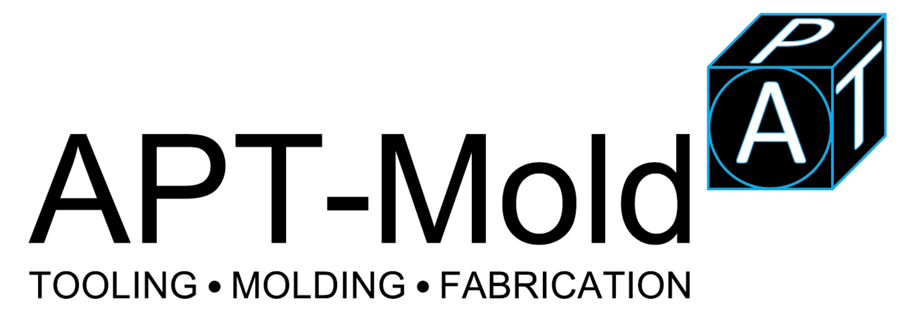How do you define low volume manufacturing? This is very subjective and depends on the industry that you are with or what particular product you want to produce. There is no exact definition on what qualifies as low volume production. However, to have a common understanding it is can be defined as the fabrication of a part or product for sale with the use of the following low volume tools: CNC machining, 3D printing, and vacuum casting.
Quantity
To put it in a clearer perspective, if you are in the automotive industry, low volume manufacturing using rapid tooling can be between 50,000 to 100,000 parts. In the medical field, it will be as low as 100 parts using rapid tooling. If you are a start-up company, who is bringing your idea and design into reality, it can be 50-100 parts.
Low volume manufacturing existed during the earliest years of manufacturing where a skilled craftsman produced each product. Mass production came about when the demand for cheaper and faster products became high. It is common in the medical field industry where the concepts are tested in the selected market, called a pilot or in clinical trials.
In low volume production, the manufacturing process, product aesthetics and design options have an equal significance with the cost of tooling and the setup in the project budget. It offers cost savings anyway, so the desire to have an ideal product is the objective.
Material to be used
Aside from quantity, you must also consider the material options in low volume manufacturing. With plenty of materials available in the manufacturing process, you can choose the material you want to use for low volume production. You can also include the surface smoothness of your final part or product. Your surface aesthetics will also determine which method of low volume production you will use.
Design Complexities
If the parts have design complexities, low volume production is the recommended manufacturing process because the engineer can tailor the design to make great parts. A designer who wants to have flexibility in the parts or products can also opt for this type of production. The challenges of the design can be accepted by low-volume manufacturing early, and corrections can be made along the way. This maximizes the design to have the best product form and function.
Bridging the Gap
An advantage that low-volume manufacturing can offer is its suitability to small batches, production units, and prototype with the same materials and components. If you want early performance testing and initial verification and some validation exercises for your parts and products, then low volume production is the right production model for you. This will enable you to save costs on correcting design errors.
Final Thoughts
There is a gray area that exists between the prototype and high volume production, which low volume production is filling the void. There are many costs and risks associated when you jump too quickly into mass production. This is where low volume manufacturing can provide the solution because it can help you avoid and resolve possible issues ahead of mass production. You can use low volume manufacturing when you are not ready yet to transition from a prototype to manufacturing stage.
